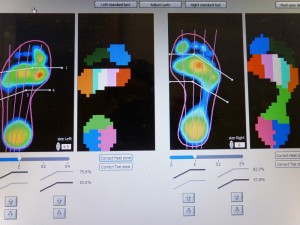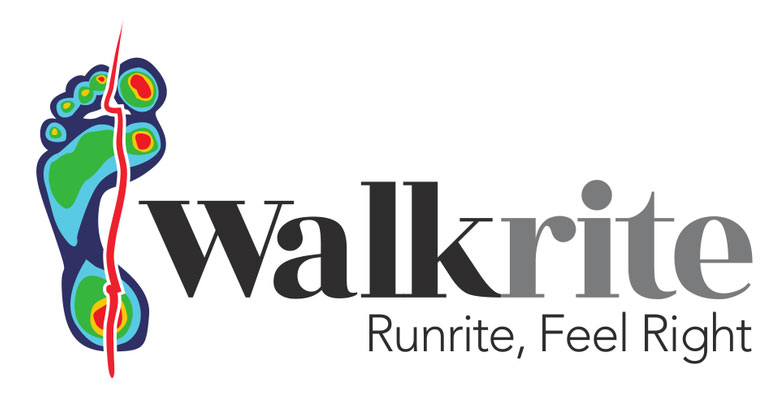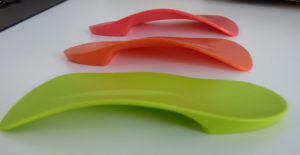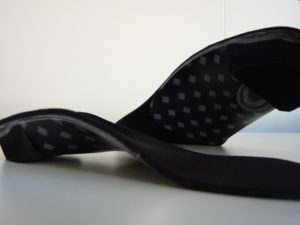 Foot orthoses are devices that are worn in shoes either to change the way the foot works whilst walking, to provide cushioning or to reduce load on painful areas of the feet. They are also used to address pains outside of the foot, such as ankle, knee, hip and back pain. We do not prescribe orthoses for all of our patients. Orthoses are very effective when prescribed correctly, but they are not appropriate for everyone and can cause more problems if prescribed when they shouldn’t have been.
Foot orthoses are devices that are worn in shoes either to change the way the foot works whilst walking, to provide cushioning or to reduce load on painful areas of the feet. They are also used to address pains outside of the foot, such as ankle, knee, hip and back pain. We do not prescribe orthoses for all of our patients. Orthoses are very effective when prescribed correctly, but they are not appropriate for everyone and can cause more problems if prescribed when they shouldn’t have been.
Foot orthoses come in all shapes and sizes:
Insoles:
These are usually full-length, flat insoles selected by shoe size, such as gel insoles, used for cushioning. Sometimes a flat, thicker density insole is used in one shoe only to address problems such as leg length difference. This is the most basic type of orthotic that can be used and, so, is not recommended in more complex conditions.
Customised:
This type of orthotic is sometimes also referred to as ‘custom’ and should not be confused with ‘custom-made’. A customised orthotic is prescriptive, but not made directly to the shape and specifics or your foot. This type of orthotic is used if the orthotic prescription is not complicated or it is likely that the orthotic won’t be used for a longer period of time, such as in growing children or transient injuries and pains. Customisation means that certain elements of the orthoses are designed to an individual prescription, but they are not made to the shape of the foot and the materials used are not as durable. The image above shows one of the types of customised orthoses that we use from Interpod. You can find out more about their efficacy and function by clicking here.
Custom-made:
Custom-made orthoses are the highest grade of foot orthoses available. They are 100% prescriptive and made specifically to the exact shape of the foot. It is also possible to select countless variations in the prescription to fit every need, be it extremely lightweight orthoses for wearing in running spikes or orthoses with different covering materials to provide warmth in colder working environments.
Techniques such as laser-scanning the foot to take an image of the foot are progressing and will eventually take over from the technique of taking a cast, but, currently, we do not feel that laser-scanning the foot offers us enough ability to correct the foot to the position we require as we do when casting with plaster of paris. Therefore, we continue to cast the foot to make sure that the position is absolutely right and then the casts are sent on to be laser-scanned and produced through a CAD-CAM process. Custom-made orthoses are advised for more complex problems or where the use of the orthoses is likely to be longer-term.
With the development of 3D-printing capabilities, it is likely that we will begin to prescribe 3D-printed custom-made functional foot orthoses via our partner lab Firefly. Much has been made of 3D-printing in the production of foot orthoses but, ultimately, 3D-printing is simply a method by which to make orthoses, however, it is not a guarantee of better or more effective orthoses. Firefly has now developed this capability and, so, once we are sure we can deliver the same results for patients with 3D-printed orthoses as with our existing orthoses, we will adopt the technology (where appropriate).
Whenever we recommend the use of orthoses, we always do so following negotiation with our patients and will provide all the support and back-up necessary to enable a smooth adaptation period when they are first worn and, also, support further down the line. All patients wearing orthoses for longer than 6 months will be invited for a review either 6-monthly or annually and are able to contact us about any issues with the orthoses whenever they choose.


